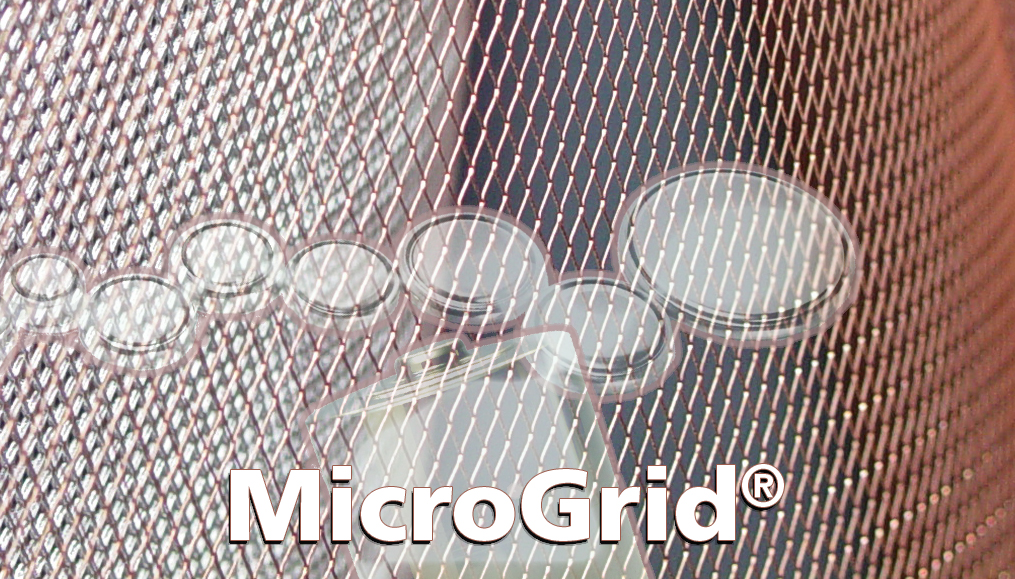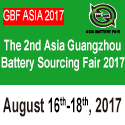 |
 |
July 2017 |
 |
|
 |
Feature Articles
|
|
 |
 |
The Looming Problem of Battery Waste in Wearables and How to Solve It
Jeffrey Ortega, Ph.D., Director of Research, ZPower
According to the Environmental Protection Agency, Americans buy approximately three billion dry-cell batteries each year to power common household devices, including radios, toys, phones and computers. This volume creates nearly 180,000 tons of battery waste that is either recycled or ends up in landfills, where it can leach toxic chemicals into the ground and water supply. And while this number is staggering in and of itself, we live in a battery-powered world, and our need is only growing. <read more> <read more>
A Simplified Strategy for Managing Power and Services for Edge Facilities
Phil Aldag, Marketing Manager, Vertiv Services
The information technology (IT) landscape continues to change, due in large part to the Internet of Things (IoT) wave, the ever-growing environment in which objects have the ability to transfer data over a network without requiring human interaction. According to Gartner predictions, there will be approximately 25 billion devices connected to the Internet by 2020, and Cisco Visual Networking Index (VNI) forecasts mobile data traffic will grow seven-fold from 2016 to 2021.<read more>
|
|
|
| |
 |
|
| |
Sponsored Announcement |
 |
Expanding Technology for Advanced Battery Applications & Fuel Cells
 Dexmet has taken the "Expanding Technology" to the next generation of advancements, the micro-mesh material manufactured by Dexmet is infinitely variable, and the proprietary equipment developed anddesigned at Dexmet produces expanded material with smaller holes than anyone else and produces material that is thinner than anyone else in our marketplace. The expansion process produces a very consistent product as far as open area, hole size and conductivity. Dexmet has taken the "Expanding Technology" to the next generation of advancements, the micro-mesh material manufactured by Dexmet is infinitely variable, and the proprietary equipment developed anddesigned at Dexmet produces expanded material with smaller holes than anyone else and produces material that is thinner than anyone else in our marketplace. The expansion process produces a very consistent product as far as open area, hole size and conductivity.
Dexmet expanded materials are perfect for Advanced Batteries Applications and Fuel Cells, especially where you are using multi stacks of materials and you need consistent conductivity from stack to stack also the expansion process is more cost effective unlike perforated material.
The expansion process allows you to yield higher amounts of material than what you put in, this is especially important when your application requires expensive materials like platinum, niobium, zirconium and titanium.
|
 |
 |
| |
New Products |
| |
Trojan Battery Launches Solar AGM Line of True Deep-Cycle Batteries to Power Remote Oil & Gas Well Equipment
Trojan Battery Co., LLC has launched a new line of maintenance-free, true deep-cycle absorbent glass mat (AGM) batteries specifically designed for solar and other renewable energy applications used in powering remote oil and gas well site equipment. The new Trojan Solar AGM line is manufactured in the US.<read more>
Inventus Power Announces Supercapacitors for Data Storage Backup Applications
Inventus Power, a systems manufacturer of battery packs, chargers and power supplies for the consumer, commercial/industrial, medical and military markets, expands their design and manufacturing capabilities to include supercapacitors. By adding supercapacitors to their product & technology portfolio, Inventus Power is better able to support the backup power needs of the data storage market.<read more>
See More New Products Online
Batteries | Charging | ICs & Semiconductors | Components | Testing
|
| |
Industry News |
| |
Siemens and AES Join Forces to Create a New Global Energy Storage Technology Company
Siemens AG and The AES Corp. has announced their agreement to form a new global energy storage technology and services company under the name Fluence. The joint venture will bring together AES’ ten years of industry-defining experience deploying energy storage in seven countries with over a century of Siemens’ energy technology and its global sales presence in more than 160 countries.<read more>
New Material May Help Cut Battery Costs for Electric Cars, Cellphones
In the battle of the batteries, lithium-ion technology is the reigning champion, powering that cellphone in your pocket as well as an increasing number of electric vehicles on the road. But a novel manganese and sodium-ion-based material developed at The University of Texas at Dallas, in collaboration with Seoul National University, might become a contender, offering a potentially lower-cost, more ecofriendly option to fuel next-generation devices and electric cars.<read more>
Argonne National Laboratory´s Continuous ALD Technology Licensed Exclusively to Forge Nano
Argonne National Laboratory has entered into an exclusive license agreement with Forge Nano to commercialize Argonne’s patented system and method for continuous atomic layer deposition. This license enhances Forge Nano’s ability to offer and protect key intellectual property rights for its customers across an even broader array of strategic markets.<read more>
EnerSys Announces $60 Million in New Global Space Business
EnerSys has recently been selected to supply lithium-ion cells and batteries valued at more than $60 million to multiple space agencies and Original Equipment Manufacturers (OEMs) worldwide.<read more>
|
| |

|
|

|
Event Listings |

|

|
 The 2nd Asia (Guangzhou) Battery Sourcing Fair 2017 (GBF ASIA 2017) The 2nd Asia (Guangzhou) Battery Sourcing Fair 2017 (GBF ASIA 2017)
August 16-17
Guangzhou, China
The 2nd Asia (Guangzhou) Battery Sourcing Fair (GBF ASIA 2017) is a professional demonstration and trade platform for worldwide battery enterprises, which will be held in China Guangzhou Import & Export Fair Complex from August 16th-18th. We warm welcome your registration as exhibitor or visitor. If you want to catch more information, please contact Aileen Chen via sales9@grandeurhk.com.
13th Annual Lithium Battery Materials & Chemistries
October 31 - November 1
Arlington, VA
The Lithium Battery Materials & Chemistries 2017 conference will provide in-depth coverage on the chemistries, both current and next-generation, that are shaping the future of energy storage. From novel electrode/electrolyte materials to higher-capacity cathode/anode structures, this conference will explore how to economically increase battery energy density.
7th Annual Battery Safety Conference
November 2-3
Arlington, VA
Higher energy and higher use lead to higher risk. While research continues to boost the energy storage capability of lithium-ion batteries (LIBs) and leads to expanding applications and consumer use, the task of implementing effective safety strategies falls on regulatory authorities, cell manufacturers, R&D engineers and forensic scientists. Accurate tests and models are critical for predicting and controlling the complex electrochemical, thermal and mechanical behavior of LIBs while forensic investigations and regulations are required for safe transport. The Battery Safety 2017 conference continues this vital dialogue to integrate and implement LIB safety to meet ever-increasing energy demands.
|

|

|
|

|

|
|

|
|
Contact Us |
|
|
Submit editorial content to Shannon Given.
For advertising information contact Lisa Scimemi.
Cambridge EnerTech | 250 First Avenue, Suite 300, Needham, MA 02494
Phone: 781-972-5400 | Fax: 781-972-5425 | http://cambridgeenertech.com
|
|
|
© 2017 Cambridge Innovation Institute |
|
|
|
